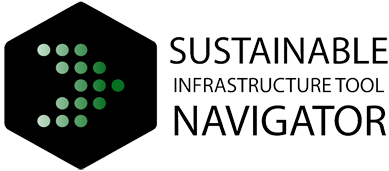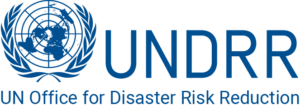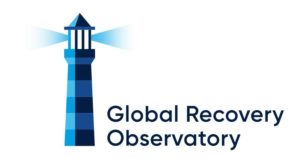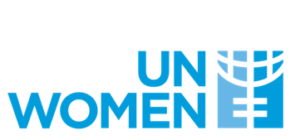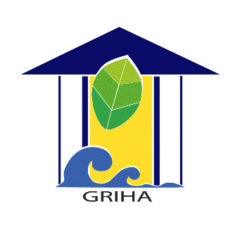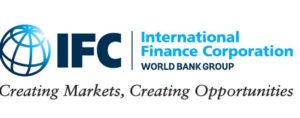
The Gender and Infrastructure Toolkit is a comprehensive, modular, and interactive resource to empower companies in addressing gender disparities in their workforces, supply chains, and community engagement activities. At a time when diversity and inclusion are more important than ever, this toolkit includes business cases for mining, water, energy, transport, & cities; 64 practical tools on gender-inclusivity in workforce, supply-chain, community engagement; Guidance on addressing gender-based violence and harassment across all themes and sectors, and Report builder to customize and build your own toolkit
Lifecycle Phase(s): Project PlanningGeneral strategy for a project’s delivery is developed., Concept DesignTechnical experts broadly outline the project’s basic characteristics., ProcurementThe provision of goods and services to realize a project are tendered and closed., ConstructionThe asset is constructed in line with design, budget and timeline., Operation and MaintenanceInfrastructure assets are managed and maintained during their use time.
Type(s) of Tool: GuidelinesOperationalize sustainability principles, less specific than Benchmarks or Rating Systems., Project Preparation ToolsHelp public authorities manage sustainable project preparation processes., Impact AssessmentsEvaluate the impacts of assets or policies on the environment and local livelihoods.

